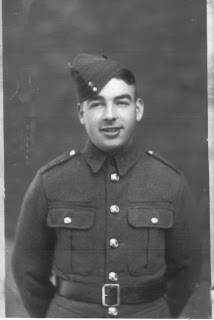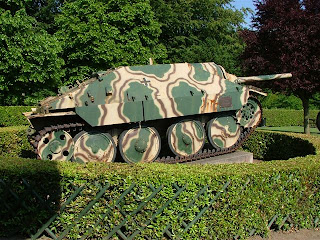The CWGC Cemeteries in Malta, G.C
 One of Malta's War Cemeteries - the Pieta Military Cemetery
One of Malta's War Cemeteries - the Pieta Military Cemetery(Photograph by Mr John B. Wright)
On the Maltese islands, the Commonwealth War Graves Commission maintains the graves or memorials for almost 6000 graves of Commonwealth service men and women from both World Wars, over 200 war graves of other nationalities and almost 4000 non-war graves. Some of the burials are in civilian cemeteries, but most of the war graves were made in the military cemeteries that were already in existence prior to WW1. There is also a Memorial for airmen who lost their lives in the Mediterranean area and have no known grave, and a memorial for the Maltese civilians who lost their lives in WW2.
(For a list of Malta's War Cemeteries and Memorials click on 'Comments' below)








